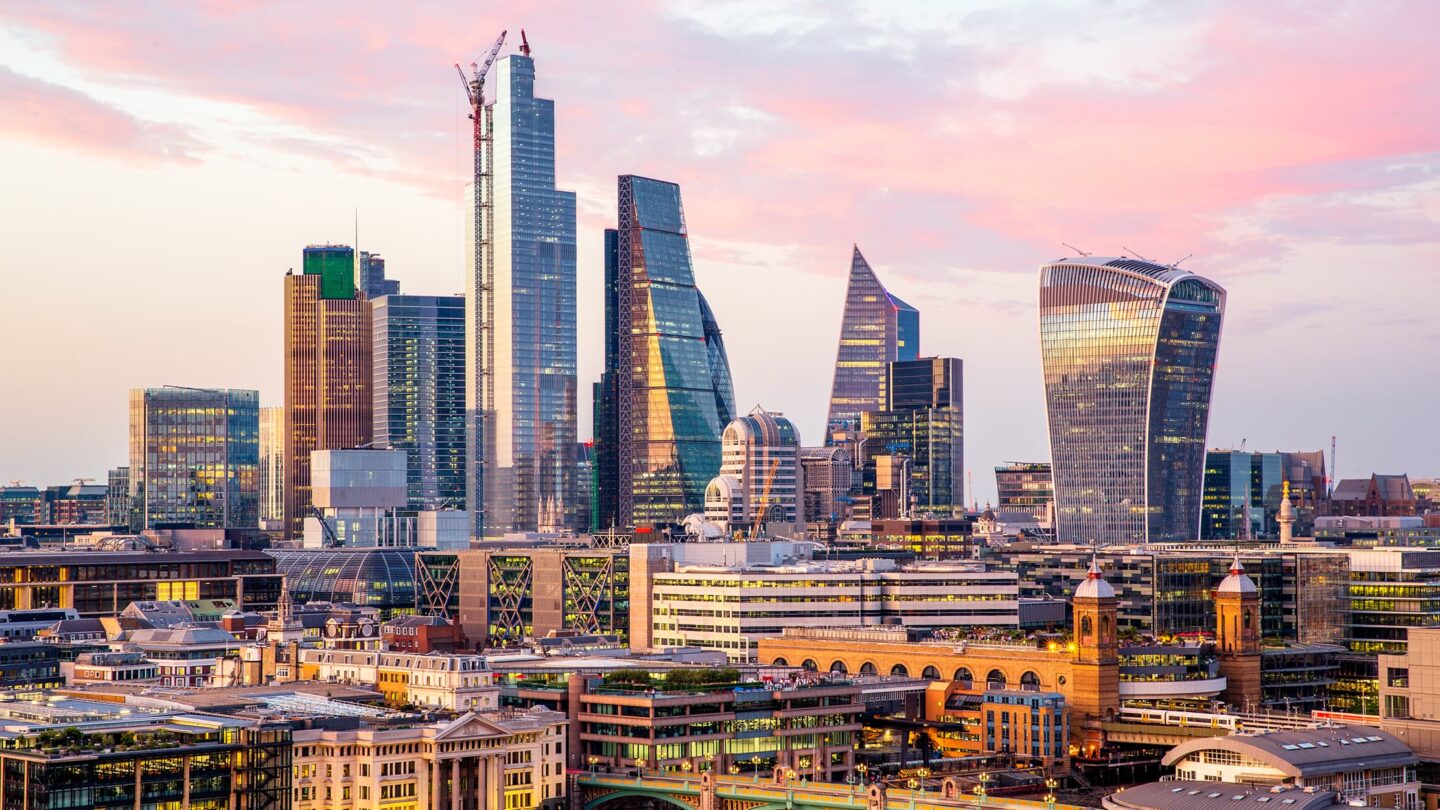Strategy, Legal & Operations
How to reduce business travel emissions in 7 steps

As a carbon-accounting platform, we see first-hand where the emissions of thousands of businesses come from. Across all sectors and in nearly every business, one of the larger areas of emissions is business travel.
Assuming you don’t own the vehicle used, both national and international business travel fall into Scope 3.6 of the GHG Reporting Protocol, which forms the basis of emissions reporting under the majority of frameworks and legislation.
If you own the vehicle used for business travel, be it a car or plane, the emissions fall into Scope 1.4. Within the Sage Earth categorisation, this will be highlighted under: “Vehicles”, most typically “Motor Vehicles”.
Reducing business-travel emissions is one of the easier areas for a business to make a significant impact quickly. Here are 7 ideas to help you reduce your business travel emissions:
1. Measure your business travel emissions
First up, we suggest ensuring you measure your business travel emissions; even better if you can compare this against other business areas. Doing this analysis will allow you to assess whether business travel is a significant problem area for you.
Having said that, it is likely that it will be an area you need to focus on. When we look at the statistics from the businesses that use our tool, Business Travel, is ranked very highly in both number of transactions recorded and total emissions.
If you need help with your measurement, we can help.
2. Make sure your meetings are virtual
It’s clear that the easiest way to remove business travel emissions is to eliminate them altogether. Improvements in technology make holding business meetings virtually much easier, enabling you to present content, increase take up of knowledge, and save on the money and time spent traveling.
3. Limit air travel as an option
Air travel emissions are the highest of all transport methods. For any short journeys, businesses can promote the use of alternative methods of transportation, like rail. Another good tactic to make significant carbon reductions is to only send one person to the long-distance meeting.
4. Stop business-class travel
A business-class seat is responsible for almost double the amount of carbon emissions than an economy seat, simply because the seat itself takes up more room. By stopping your employees from flying business class, you very quickly reduce the emissions for the journey.
5. Control high-emission travel
Develop an internal system to track travel across all employees. Ensure there is a process in place where senior management sign-off on any high-emission activity such as flights.
6. Apply carbon tax internally
Applying an internal tax system on carbon emissions can help to discourage and limit carbon-intensive business travel. Businesses can introduce fees for flight travel, either on a per-flight basis or based on the distance travelled during the flight. Any funds collected from this tax can be used to invest in carbon-reduction projects for the business.
7. Introduce a slow-travel policy
Introduce a slow-travel policy for all employees. Provide extra days off for staff if they choose to travel for work using the train or bus, instead of flying. Even better, apply it to both business and leisure travel. This works as an incentive for staff and has been proven to be effective.
And that’s how you can help reduce business travel emissions in 7 quick steps. For more helpful tips on going even greener, visit Sage Earth.
Did you know that Sage has a new Carbon Accounting software solution?
If you use either Sage Business Cloud Accounting or Sage 50, Sage Earth can help you better understand your business's environmental impact and guide you to net zero emissions.








Ask the author a question or share your advice